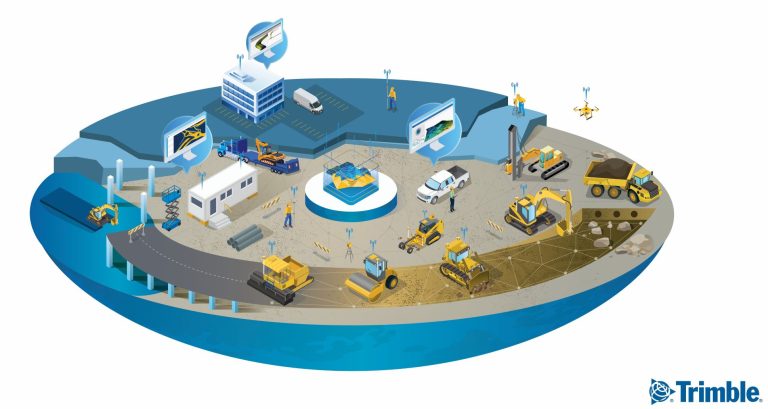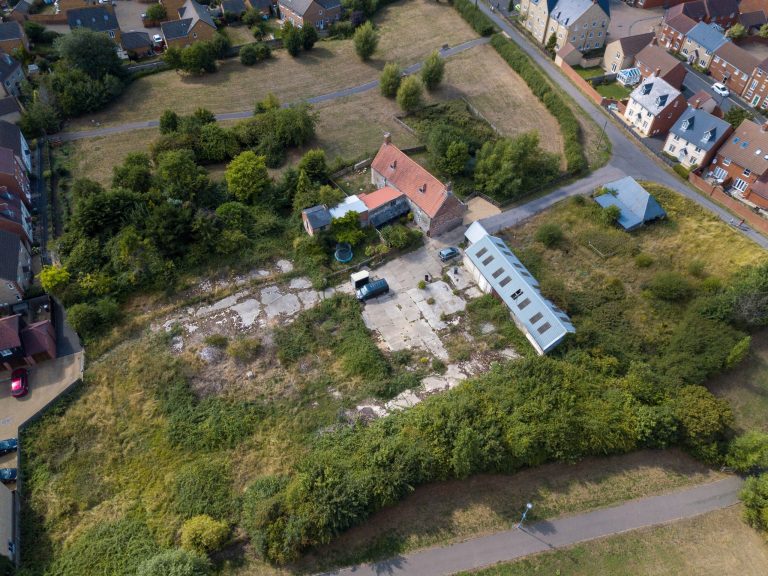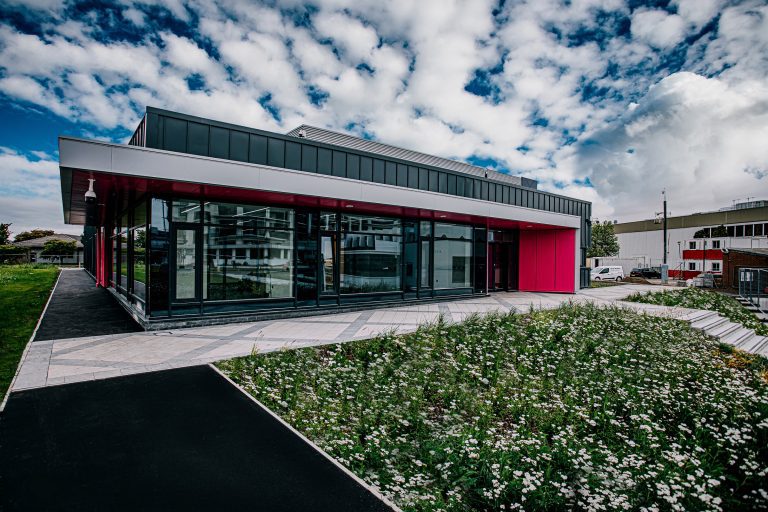Green lawns are a staple of suburbia, but how much do you really know about grass? If you’re like many people, probably not much beyond what’s required to keep the lawn alive. The fact is, lawn, lawn care, and the history of lawns in the U.S. is actually rather interesting — and might even surprise you. Check out these fun facts. 1. George Washington Had One of the First Lawns One of the first lawns in America can be found at Mount Vernon, George Washington’s home in Alexandria, Virginia. Washington was known as a farmer, and was one of America’s first landscape architects. After the Revolutionary War, he knew that he would be hosting many dignitaries at his home, and set out to make the landscape as impressive as the buildings. This included the building of a great lawn, or bowling green. Inspired by the drawings of such expanses of grass at European manors, Washington incorporated a large lawn in front of the home. The lawn was cut using scythes, and regularly rolled to keep it flat and even. 2. Grass is Food Grass is actually the most common food in the world. All grass is part of the Poeceae family, which includes everything from pasture grasses that feed livestock to varieties like wheat and barley that are processed into flour and other products. 3. Professional Lawn Care is in Demand More than 22 million Americans rely on a professional lawn service to take care of their grass. This gives them back an average of 70 hours of free time every year that would otherwise be spent on lawn care. 4. Without Grass, We Might Not Survive Grass is not only a major food source for most species, it also produces a significant amount of oxygen. In fact, the typical lawn is more efficient than trees when it comes to making oxygen. A 50 foot by 50 foot lawn produces enough each day oxygen for a family of four to breathe, while also helping to improve air quality by catching contaminants like dust. 5. A Healthy Lawn Increases Home Value If you’re trying to sell your home, a healthy lawn can attract buyers — and even spur them to make a better offer. According to the Lawn Institute, a healthy lawn can help increase your home’s value by 15-20%. And the National Association of Realtors notes that when you invest in lawn care, you’ll see more than a 250% return on investment when you sell the home. 6. A Lawn Requires a Lot of Plants Maintaining a thick lawn means lots of plants — several million of them, in fact. In a well-maintained, 10,000 square foot lawn, you can expect to find about 8.5 million individual plants. That breaks down to about six plants per square inch, or 850 plants per square foot. Given that every grass seed only produces a single sprout, that’s a lot of seed to cover an entire lawn. 7. Grass Isn’t What You Think By weight, the typical blade of grass is 75% water. However, the bulk of a grass plant’s weight, about 90%, is in its roots. The green color comes from chlorophyll, but each blade also contains carbon dioxide, ozone, hydrogen fluoride, and peroxyacetyl nitrate absorbed from the atmosphere. 8. Grass is a Natural Air Conditioner You might not realize it on a hot day, but your lawn actually helps keep your home cool. If you added up the cooling power of the front lawns of eight typical suburban homes, you’d have the effect of about 70 tons of cooling power. The average household air conditioner only produces about 3 to 4 tons of cooling power. In more practical terms, if your home is surrounded by grass, trees, and shrubs, they can lower the temperature by about 14 degrees. 9. Lawn Mowers Have Existed for About 150 Years Although there have been any number of devices and tools for cutting grass used over time, it wasn’t until 1868 that the first patent for a reel-type lawn mower was issued in the U.S.. The first patent for a rotary type lawn mower wasn’t issued until 1919. Although different types of sprinklers existed previously, the first sprinkler patent was awarded to J. Lessler in Buffalo, NY in 1871. 10. People Take Their Lawn Mowers Seriously Finally, some people are really into their lawn mowers. There’s actually a museum dedicated to lawn mowers in England, and in 1992, the US Lawn Mower Racing Association (USLMRA) was established, becoming the first sanctioning body for, you guessed it, professional lawn mower racing.











